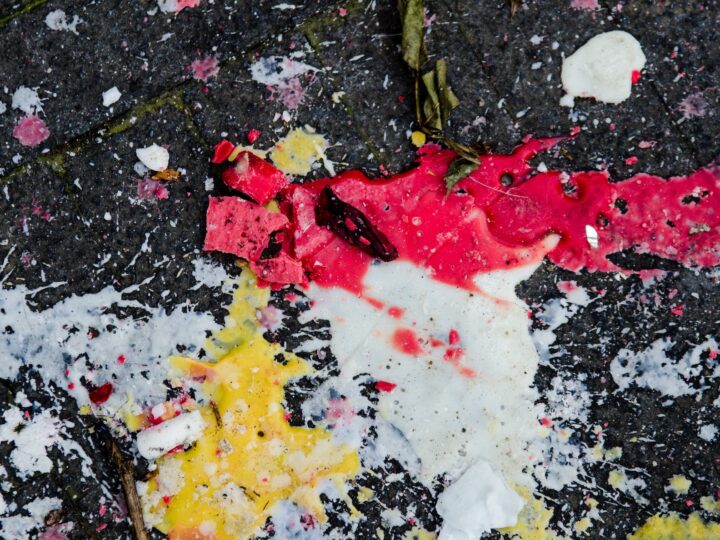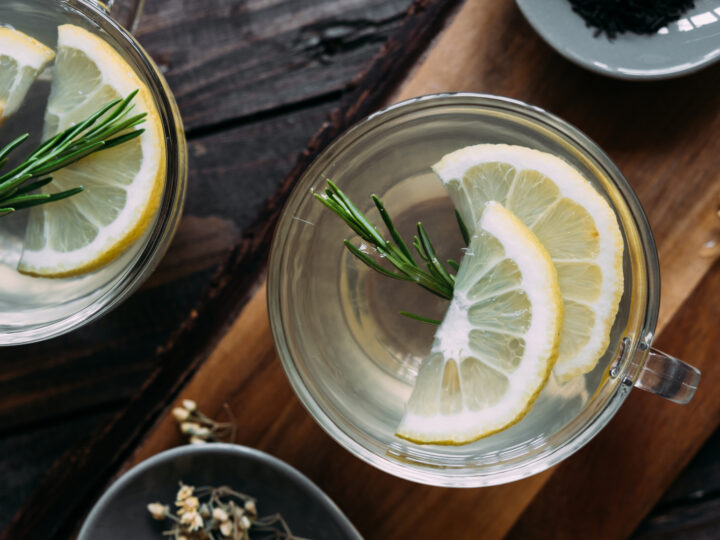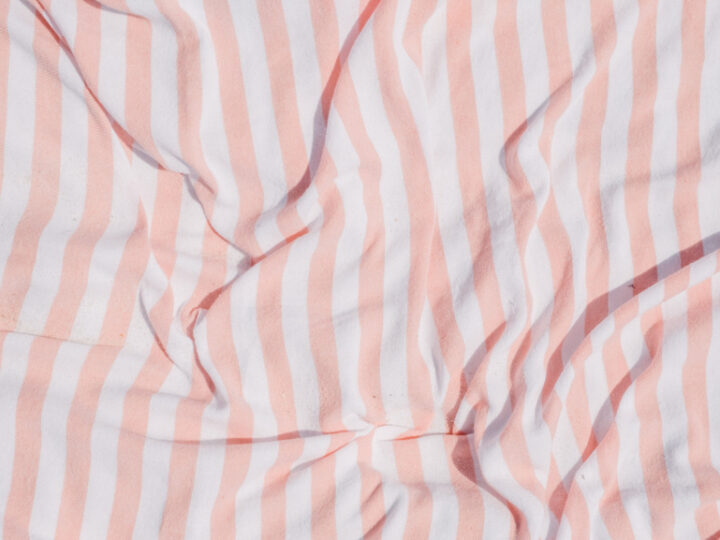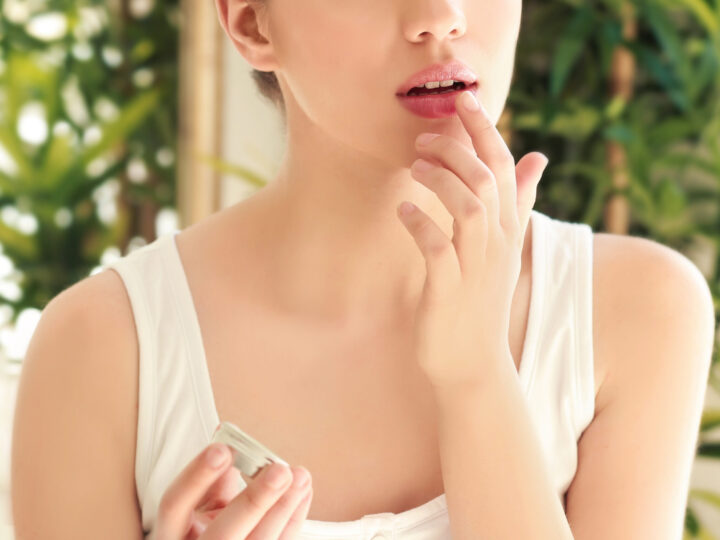MEDICINAL HICKIES?
Get The Scoop On Cupping
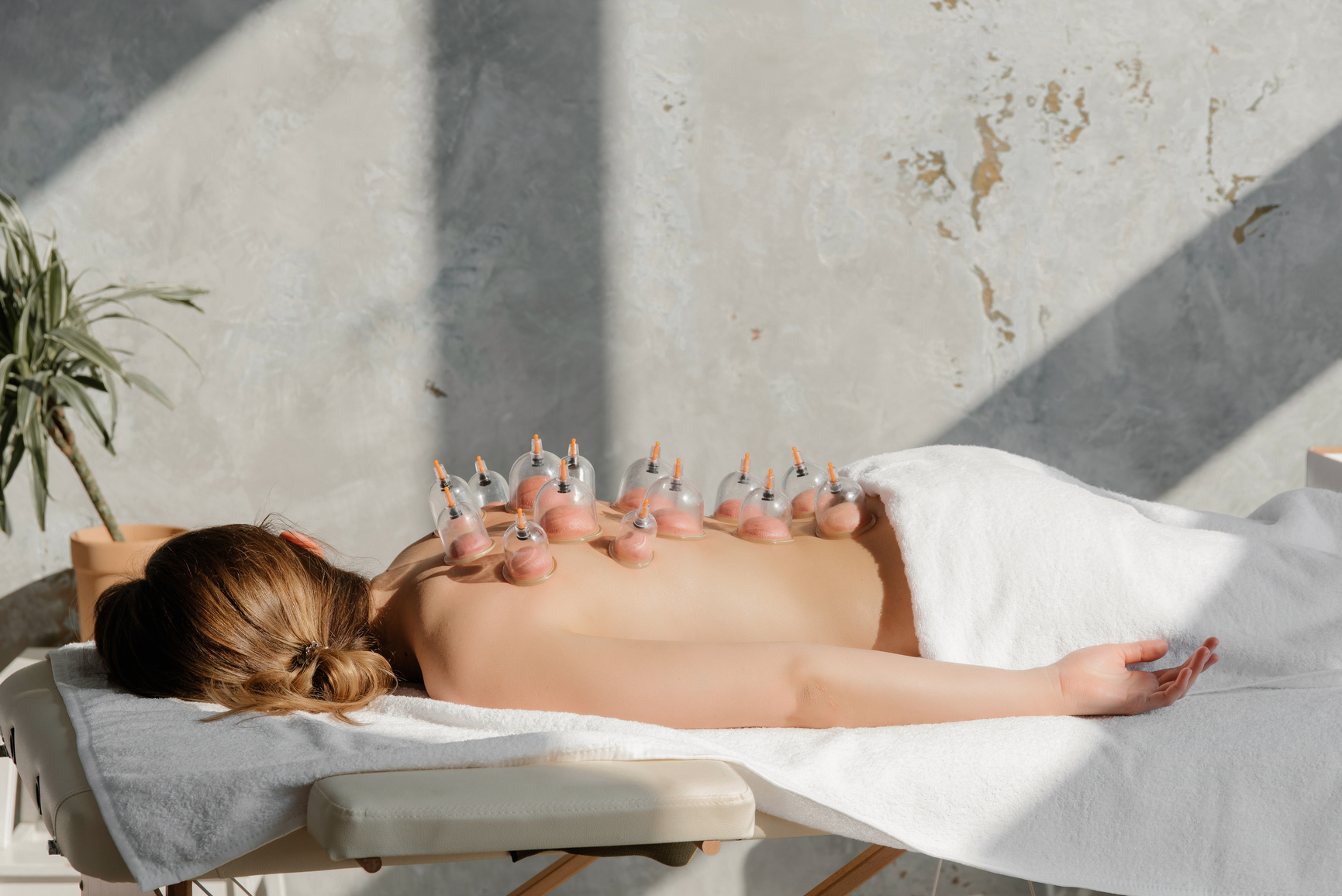
Remember those big, circular welts all over Olympic champion Michael Phelps’ back? If you’re like many Western people, that was probably the first time you’d ever heard of cupping even though it’s been used for hundreds of years in Traditional Chinese Medicine (TCM) to help many conditions.
While it might look scary, it can have many benefits similar to acupuncture or massage. Get the scoop on the basics of cupping, from where the practice started to what to expect at your first appointment.
What is Cupping?
Glass or plastic suction cups are strategically placed on the body for many reasons including pain management, inflammation reduction, or improvement of blood flow. Some people will use it as a form of deep tissue massage, while TCM practitioners would more specifically define it as a method of bringing old stagnant blood to the surface so that new blood cells can be made. TCM practitioners are highly educated on each muscle and joint in the body. They’ll do a thorough examination to determine the pain points and treatment plan, sort of like you’d experience at a chiropractor or doctor’s office. Do those words sound like nonsense to you? Don’t worry, the concepts are actually fairly simple.
Did your mother rub Vicks Vapor rub into your chest as a child to break up phlegm? Cupping can do that physically. Do you have sore muscles? Cupping can raise those tissues above the capillaries so blood has room to nourish your muscles. Those cupping bruises? Simply a sign that thick older blood has been moved toward the surface of the skin
Cupping is a supplemental wellness treatment that has been practiced in Eastern medicine since ancient times, starting around 300 AD. Yin and yang represent the idea that the entire world is governed by a set of two contrasting, yet complimentary energies. The balance between yin and yang is crucial to ensure that everything, seasons, nature, even human functioning, works as it should. Qi, is the Chinese word that represents a person’s energy, or inner force (yes, kind of like Star Wars).
When your yin, yang, or qi is out of sorts, it can result in different kinds of conditions and diseases. It’s believed that in some cases cupping can help return balance between the yin and yang, and regulate the flow of qi in the body.
There are basically two kinds of cupping; fire cupping and physical suction cupping. In fire cupping, cups made of glass or silicon are heated up with a flame and then placed on the skin, open side down. The difference in heat between the inside of the cup and the skin, and lack of space for the heat to escape, results in suction. On the other hand, physical suction cupping uses a pump with valves in the cups to create the suction. The suction holds the cup in place, and the skin rises, often turning a pink, red, or purple-ish color. In layman’s terms, you’re basically giving yourself a bunch of intense hickeys. Those committed to the practice of cupping say that the darker, or more intense-looking the bruise is, reflects the amount of hurt or pain that needed to be healed. So a light bruise might symbolize a lesser pain point than a dark bruise.
Benefits of Cupping
So what do these cups actually do for your health and wellbeing? Think about getting a massage. Your massage therapist pushes and kneads using positive pressure to relieve tension in the muscles. Cupping is the same idea, but instead of using force to push down, force is used to pull the tension up and out. The increase of blood flow to the areas where the cupping treatment is performed is said to help relieve muscle tension, improve circulation and promote cell repair, which are the roots of each benefit.
Many people use cupping as a supplementary treatment to help with a few different types of conditions including:
- Pain management
- Skin problems like acne, shingles
- Sports recovery therapy
- Coughs
- Facial paralysis
- Lumbar disc herniation
- Cervical spondylosis
It’s important to note that both Western and Eastern doctors suggest using cupping as a supplementary treatment, and it should not be used to completely replace other treatments for your condition. Be sure to consult with your healthcare professional about whether cupping is a good choice for you.
What to Expect at Your Cupping Appointment
Before heading into your appointment for a cupping treatment, make sure you’re going to see a certified professional. This practice has been used almost exclusively by Eastern medicine until recent years, and many Western medical doctors may not have had training on the proper techniques. A TCM practitioner will likely either be certified in cupping themselves or have a member on staff dedicated to the practice.
At your appointment, you’ll be examined to determine the source of the issue. Your tongue, walk, and talk may be checked along with several questions about your symptoms, lifestyle, and experiences. Once the practitioner has figured out the areas where the cupping treatment should be applied, they may have you remove items of clothing so they can access the correct points of the body. Just like a massage or acupuncture appointment, you will have privacy to change and a covering for during treatment.
These days, most cups have built-in suction capabilities. However, before these modern cups were created, the suction was produced by heated cups. The cup would be heated with a flame for a while, then removed from the heat source and placed on your body. The contrast of temperature between the hot cup and your body created the suction. Because the practice of cupping is based on pressure, you should expect to feel the changes occurring on your skin as the suctioning takes place.
You can expect to have the cups on your skin for between 5 to 10 minutes, depending on your treatment plan. When time is up, your practitioner will carefully remove each cup. They might also apply an ointment or bandage on the areas where the cups were applied as a preventative for infection or irritation. While you’ll likely have marks in the treatment area for several days, they will go away after about 7 to 10 days.
Comments (0)
Leave a reply
You must be logged in to post a comment.

